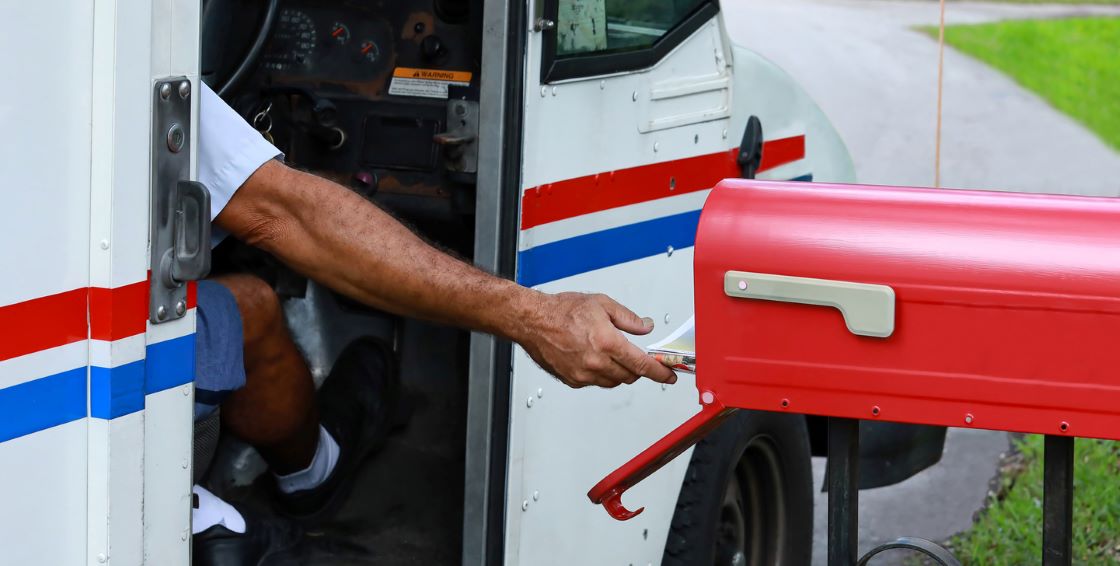Fifty years ago, in 1973 the United States witnessed several significant events, such as the launch of Skylab, the commencement of the Watergate hearings, and the first-ever handheld mobile phone call. This month, we also celebrate the 50th birthday of one of the United States Postal Service’s biggest developments: the ZIP code. Let’s look back at a little history about ZIP codes, along with some fun facts about this now-ubiquitous postal code.
A brief history of the ZIP code
Before the introduction of ZIP codes, addresses in the United States were commonly identified by a two-digit code known as the Postal Zone. This system was implemented in 1943 to replace the error-prone method of identifying postal destinations solely by city name. The Postal Zone system remained in use for the next 30 years.
However, increase in mail volumes and the utilization of automated sorting equipment, the USPS decided to upgrade the Postal Zones to a more sophisticated five-digit system known as the Zone Improvement Plan or ZIP code. These codes, known by the acronym of ZIP codes, broke down destinations into a one-digit national region, a two-digit major post office or processing center, and a two-digit delivery area.
A decade later, in 1983, an additional four digits (ZIP+4) were added, coding specific streets, buildings or PO boxes along with sublocations where appropriate. Today there are over 40,000 unique ZIP codes spanning the United States, overseas territories, diplomatic missions and military bases.
Some fun 50th anniversary facts
In 2016, Service Objects published a blog article with little-known facts about ZIP codes. It highlighted interesting details such as the President, First Lady, and even Smokey the Bear having their own ZIP codes. The blog also mentioned a 15-minute musical extravaganza commissioned by the USPS during the 1970s to encourage Americans to adopt the ZIP code system.
More recently, NPR compiled a list of some of the more interesting ZIP codes in honor of its 50th anniversary, including Beverly Hills’ TV-worthy ZIP code of 90210, the ZIP code with the most political spending (89109 in Las Vegas), and more:
- The largest and tiniest ZIP codes (10,000 square mile 89049 in Tonopah, NV versus two-block 11109 in the New York City metro area).
- The most and least ethnically diverse ZIP codes (multi-ethnic 95834 in North Sacramento, CA versus 99% white 02562 in Sagamore Beach, NY and 99% black 38639 in Jonestown, MS).
- The most populous ZIP code (79936 in El Paso, TX, with over 114,000 people).
Finally, ZIP codes can put money in your pocket
In addition to their role in automated sorting, ZIP codes can also lead to substantial discounts for mailers. Bulk mailings sorted in delivery order, combined with barcodes that incorporate ZIP codes and an additional two digits specifying the precise delivery point, can result in cost savings.
However, there is a catch. The USPS discourages individual mailers from creating these barcodes themselves, because of how quickly individual lookup tables can go out of date. Instead, they recommend using up-to-date software that is certified under its Coding Accuracy Support System, or CASS for short.
Where can you find CASS-certified software? Right here! For almost two decades, Service Objects’ flagship DOTS Address Validation has continually exceeded the USPS’s strict CASS certification requirements, including its most recent updates. Learn more about CASS certification – or better yet, talk to one of our friendly product experts to see how your business can save money on all of your direct and mass mailings. In the meantime, happy 50th birthday to an innovation that makes all this possible!













